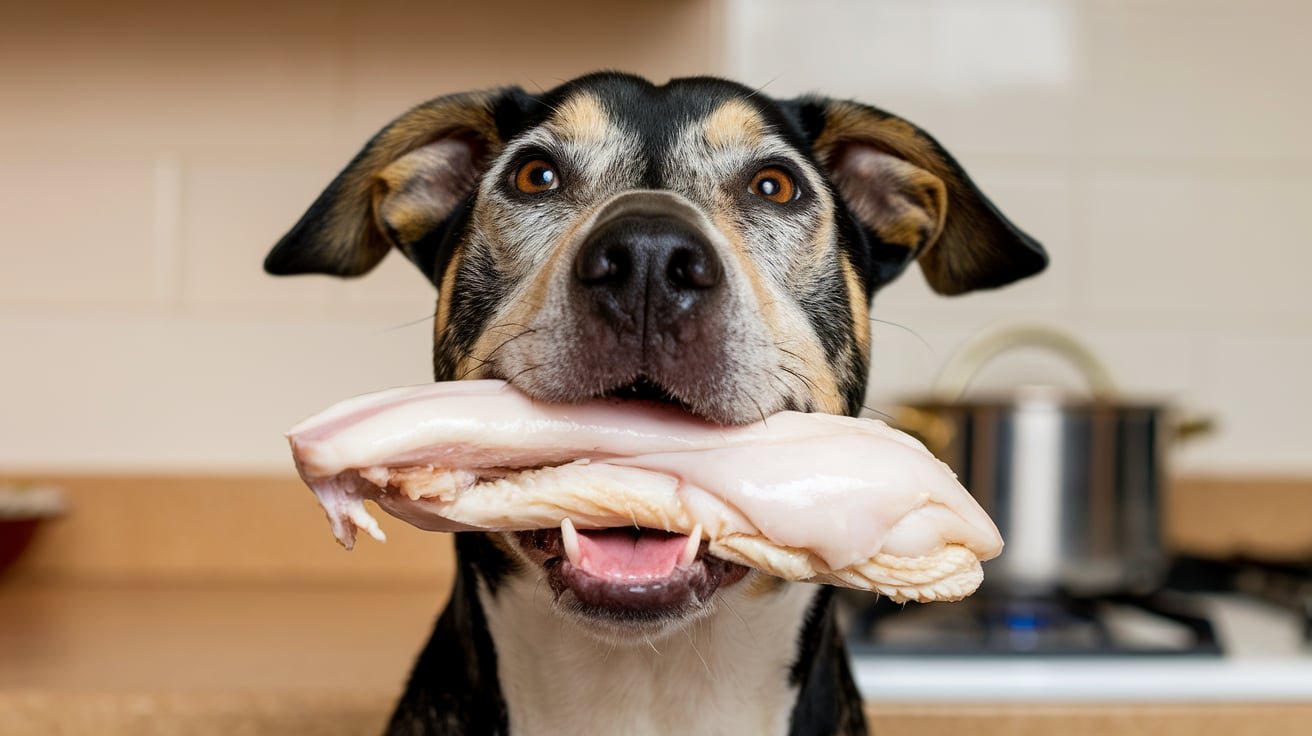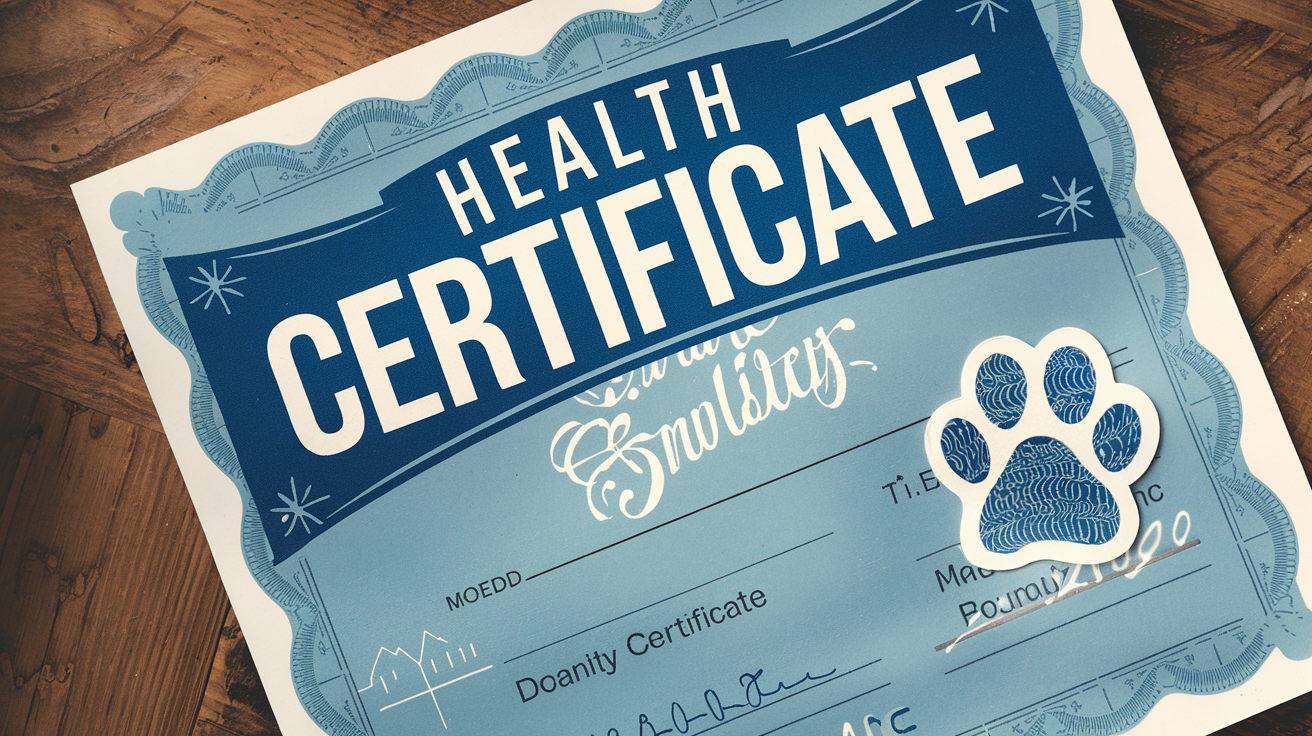Dog Pooping Blood: What It Means and What to Do
Seeing your dog pooping blood is understandably alarming. As a dog owner, it’s essential to stay calm and assess the situation carefully. While the sight of blood in your dog’s stool can be shocking, it’s not always a sign of something serious. However, it’s crucial to understand the possible causes and what steps to take next.
Common Causes of Blood in Dog Stool
1. Dietary Changes or Indiscretions
One of the most common causes of blood in a dog’s stool is related to what they’ve eaten. Dogs are curious creatures and sometimes consume things they shouldn’t, such as garbage, table scraps, or even inedible objects. This can irritate their digestive system, leading to bloody stools.
What You Can Do: Keep track of what your dog eats, and avoid sudden changes in their diet. If you suspect they’ve eaten something harmful, monitor their behavior closely and consult your vet if the situation doesn’t improve.
2. Parasites
Intestinal parasites like hookworms, whipworms, or giardia can cause bloody diarrhea in dogs. These parasites can inflame the lining of the intestines, leading to irritation and bleeding.
What You Can Do: Regular deworming and parasite prevention are key. If you notice blood in your dog’s stool along with symptoms like weight loss or vomiting, visit your vet for a thorough examination and appropriate treatment.
3. Infections
Bacterial or viral infections can cause inflammation in the intestines and lead to bloody stools. Infections like parvovirus are particularly dangerous, especially in puppies, and require immediate medical attention.
What You Can Do: If your dog shows additional symptoms like vomiting, fever, or lethargy, it’s crucial to seek veterinary care immediately. Early treatment can make a significant difference in recovery.
4. Hemorrhagic Gastroenteritis (HGE)
Hemorrhagic Gastroenteritis is a condition characterized by sudden and severe bloody diarrhea and vomiting. The exact cause of HGE is not always known, but it may be related to bacterial infections or stress.
What You Can Do: HGE is a medical emergency that requires immediate veterinary intervention. Treatment typically involves IV fluids, antibiotics, and sometimes hospitalization to stabilize the dog.
5. Ingestion of Foreign Objects or Toxins
If your dog ingests a foreign object or a toxic substance, it could cause internal bleeding and result in bloody stools. This is especially concerning if the object is sharp or the toxin is particularly harmful.
What You Can Do: If you suspect your dog has ingested something dangerous, don’t wait—take them to the vet immediately. X-rays or other diagnostic tools may be needed to determine the cause and treatment.
6. Inflammatory Bowel Disease (IBD)
Inflammatory Bowel Disease (IBD) is a chronic condition that can cause bloody stools in dogs. It occurs when the dog’s immune system attacks the lining of the intestines, leading to inflammation and bleeding.
What You Can Do: IBD can be managed with dietary changes and medication, but it requires a vet’s diagnosis and ongoing care. If your dog has recurrent bloody stools and digestive issues, a visit to the vet is essential.
7. Cancer or Tumors
While less common, cancer or tumors in the gastrointestinal tract can cause blood in the stool. This is more likely in older dogs or those with a history of other health problems.
What You Can Do: If your dog is older and you notice blood in their stool along with weight loss, lethargy, or changes in appetite, consult your vet for a full diagnostic workup.
What to Do If Your Dog Is Pooping Blood
Step 1: Stay Calm and Observe
The first thing to do if you see blood in your dog’s stool is to stay calm. Observe your dog for any other symptoms like vomiting, lethargy, or changes in appetite. Note the color and consistency of the stool, as this can provide clues about the underlying cause.
Step 2: Consult Your Veterinarian
If the bloody stool persists, or if your dog shows other concerning symptoms, contact your vet immediately. Be prepared to describe the stool and any other changes in your dog’s behavior or health.
Step 3: Follow Your Vet’s Advice
Your vet may recommend tests like stool analysis, blood work, or imaging to determine the cause of the bloody stool. Follow their advice carefully, including any dietary changes or medications prescribed.
Step 4: Prevent Future Issues
Preventative care is key to keeping your dog healthy. This includes regular vet check-ups, a balanced diet, parasite prevention, and avoiding access to harmful substances.
Anecdote: Bella’s Scary Experience
I remember when my friend’s dog, Bella, suddenly started pooping blood. Bella was an energetic beagle who had always been in good health, so this came as a shock. After rushing her to the vet, they discovered she had ingested something from the trash that irritated her intestines. Thankfully, with prompt treatment, Bella made a full recovery. This experience highlighted the importance of keeping a close eye on what your dog eats and seeking veterinary care as soon as something seems off.
Conclusion
Seeing your dog pooping blood can be a frightening experience, but understanding the potential causes and knowing what to do can make all the difference. Whether it’s a dietary issue, parasites, an infection, or something more serious, early intervention is key to ensuring your dog’s health and well-being.
Always consult with your vet if you notice blood in your dog’s stool. It’s better to be cautious and get a professional opinion, even if the cause turns out to be minor. With the right care, your dog can recover and get back to their happy, healthy self.




This is very beneficial information.
I appreciate the thorough analysis you’ve provided in this post. It’s made a big difference in my understanding of the topic.
This post is exactly what I was looking for. You’ve addressed all the questions I had and provided clear, actionable advice.